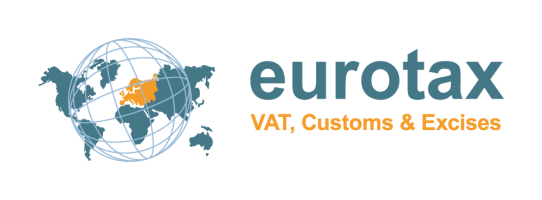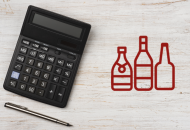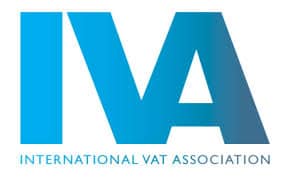On December 8, 2022, the European Commission unveiled its plan to reform the VAT system (“VIDA” for “VAT in the digital age”) in order to adjust its VAT rules to changes in the economy and in digital technologies.
Starting from the observation that today businesses wishing to take advantage of the single market, in particular SMEs, may have to manage up to 27 different VAT systems, knowing that the rules on obligations and declarations may differ between Member States. This fragmentation can lead to considerable administrative burden and financial costs for companies trying to expand or establish themselves in other EU markets. At the same time, the lack of clarity regarding how the online platform economy should be treated for VAT purposes has led to foul play against a more traditional economy, notably in the accommodation sectors and transport.
The European Commission’s new VAT project
To address these issues, the European Commission has committed in its Tax Action Plan 2020 to present various measures aimed at 1) modernizing VAT reporting obligations; 2) to strengthen the capacity of Member States to monitor transactions of operators; 3) to be able to carry out a single VAT registration within the EU for companies and finally 4) to update the VAT rules for online platforms in order to clarify them.
What does the new VAT package offer?
The “VAT in the digital age” package takes full advantage of technological and digital advances to deliver an updated and more robust VAT system against VAT fraud.
More specifically, the European Commission has put forward proposals for:
- Modernization of reporting obligations (VAT reporting and digital reporting requirements “DRR”);
- Clarification of the rules for “marketplaces” (online platforms): These would be impacted by various regulatory changes set out below. In addition, an update of the VAT rules is planned for passenger transport and short-term accommodation platforms;
- An introduction of a single VAT registration in the EU.
Towards a reporting obligations modernization (VAT reporting and digital reporting requirements “DRR”)
In practice, how will the new system work?
Once the new rules are in place, EU businesses will issue electronic invoices (following the standards set by Directive 2014/55/EU and Implementing Decision (EU) 2017/1870) for their cross-border transactions, and will thus automatically report to their tax authorities a subset of data from these invoices.
To make the most of the reported data, national tax administrations will share it through a new IT system that will support joint analysis. This new system will allow Member State authorities to remain fully informed of transactions in real time, which will facilitate the detection and immediate resolution of problems and cases of VAT fraud.
This development will make it easier for companies: Indeed, the latter will no longer need to declare their intra-Community flows through “summary statements” (monthly declaration for France), as is currently the case within the Member States, since this information will have been transmitted via their electronic invoices. It is expected that these new e-reporting obligations for intra-Community transaction data (DRR) will apply to companies from January 1, 2028.
What are the changes to anticipate regarding online platforms?
The new proposal provides that the use of the IOSS would become mandatory for platforms facilitating distance sales of imported goods. This measure would further ensure that VAT is charged on all eligible goods sold in the EU, thereby guaranteeing revenue for Member States as well as a fairer level for EU businesses.
Furthermore, online platforms that facilitate the sale of goods to end consumers in the EU (marketplaces) would become liable for the collection and remittance of VAT from the supplier, whether established in the EU or outside the EU. EU.
Finally, concerning platforms acting as intermediaries in matters of short-term accommodation or passenger transport will have to collect and remit the VAT due on the sales they have facilitated, this in particular when the service provider is not established. within the EU.
What other changes are proposed today to improve (OSS) and (IOSS)?
Since July 1, 2021, traders can use the “One Stop Shop” (OSS) and the “Import One Stop Shop” (Import OSS), as part of their B2C operations within the EU, in order to declare and pay back the VAT due respectively on their sales of goods and services within the EU and on imports into the EU of low-value goods.
Building on the existing one-stop-shop model, this latest proposal further reduces the circumstances under which businesses wishing to sell to consumers in more than one EU Member State must register in other EU Member States. The Commission is now proposing to extend the application of the one-stop shop through various adaptations and in particular by including other types of transactions.
Eurotax is an expert in indirect taxation and VAT, do not hesitate to contact us if you need more information.






















